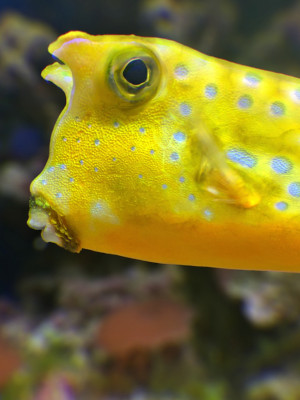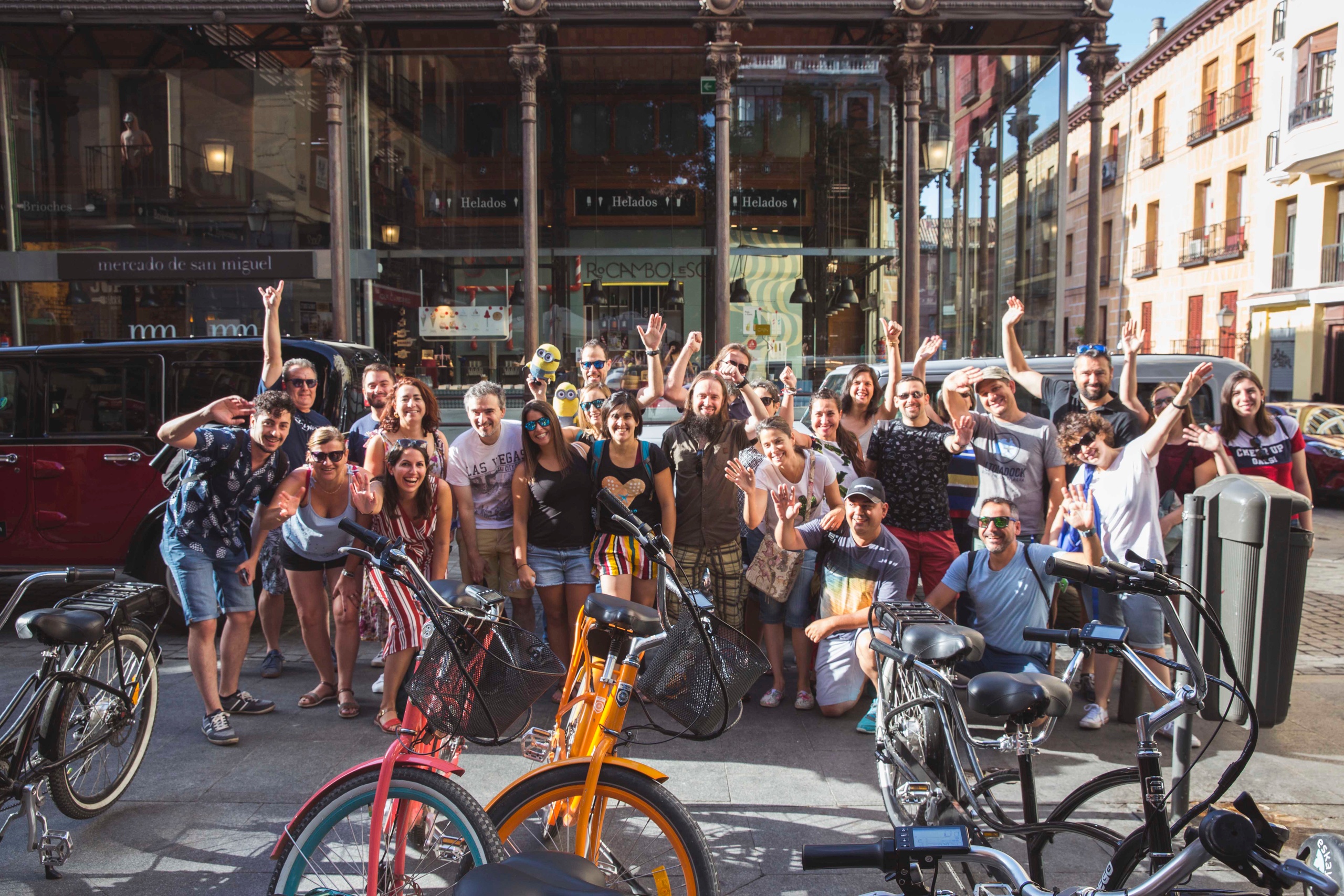The Casa de Campo, Madrid’s largest public park, houses the Zoo Aquarium, one of the capital’s most fun and educational attractions for children and adults alike. This vast 22-hectare area houses specimens of fauna from all five continents: a total of 4,000 animals from 500 species. In view of the scale of the attraction, it makes sense to plan your visit well so that you can get the most from it.
From Menagerie to Zoo
Before touring the zoo itself, it is worth casting a glance at its history, because this is not Madrid’s first wildlife park, nor is this its original location. Back in the days when gentlemen wore hats and ladies wore petticoats, there was already a Menagerie in the capital city. In 1774, King Charles III ordered the creation of a park where animals would be kept on the site that is now the Cuesta Moyano. This street, now home to several small bookshops, lies between the Plaza de Carlos V and the Parque del Retiro (internal link).
Towards the end of the eighteenth century, the menagerie was transferred to one end of the neighbouring Parque del Buen Retiro, very near the Puerta de Alcalá (internal link). The most dangerous animals were kept in what was known as “the lion house”. As time went on, the number of animals increased, and later monarchs, such as Ferdinand VII and Isabella II, also took an interest and improved the facilities.
After the turbulent years following the 1868 revolution (when it even became necessary to auction off animals), the menagerie was taken over by Luis Cabañas in 1884, and then in 1918 responsibility for it passed back to the City Council. The Council decided in 1967 to hold a public competition for the construction, maintenance and operation of a new Zoological Garden in the Casa de Campo. Under this name, and with Carlos Arias Navarro as mayor, the present Zoo was opened on 23 June 1972 by Francisco Franco, head of state in those days of dictatorship. The former Menagerie was then closed, and this new zoo became the star leisure attraction for Madrid families.
A zoo with five continents
Conveniently for visitors, the Madrid Zoo Aquarium organises its animal exhibits into ecosystems and continents. This means that all you need to do is to follow the signs to be able to enjoy the sight of the amazing animals. African fauna is one of the favourites with visitors. This part of the world with its jungle, savannah, desert, lakes, etc. provides a habitat for such remarkable animals as ostriches, zebras, Dorcas gazelles, dromedaries, giraffes, wildebeest, meerkats and Madagascan lemurs. But undoubtedly the most entertaining creatures are the chimpanzees and gorillas.
Other continents represented at the Zoo are Asia, with its Tiger Pavilion, housing a Bengal tiger, and the Bear Pavilion, with its black bears, sun bears and Tibetan bears. America’s animals are organised into those from North, South and Central America, respectively. North America’s stars are the buffaloes, elks and raccoons; South America’s are the llamas, the Andean Mountain Condors and the giant Amazon otters, while you really won’t want to miss the anteaters from Central America. Although Europe is more familiar to us, it is still exciting to see brown bears, elks, mink, lynxes and pre-Hispanic goats. You will also be impressed by the wallabies, cassowaries, emus and koalas from the fascinating continent of Oceania.

The Aquarium: the largest in Madrid
The other highlight of the Madrid Zoo Aquarium is the tropical marine aquarium which, when it opened in 1995, was the first in Spain. It has over thirty enormous fish tanks, a dolphinarium, and an aviary. This facility’s most impressive feature is its two large tunnels, which measure 18 metres in length. This aquarium aims to give a first-rate insight into marine life, and currently includes around 330 species of fish and marine invertebrates. Some of the most eye-catching are the seahorses, the turtles (hawksbill, loggerhead and green), the greater pipefish and the giant grouper. But if there is one animal that fascinates visitors above all others, it is the shark. These, for obvious reasons, have a tank all to themselves.
Apart from seeing the animals in their tanks, there is also the opportunity to attend shows at various times of the day. As far as marine creatures are concerned, there are exhibitions of sea lions and dolphins. After the show, you can have your photo taken with them. Other attractions which you may like are the exhibitions of exotic birds and of birds of prey.
The Zoo’s educational work

The Madrid Zoo Aquarium, which is managed by Parques Reunidos [United Parks], does not just offer visitors a place where they can enjoy seeing animals; it also operates partnerships with programmes to protect species at risk of extinction and organises educational activities focused on promoting respect for the animal kingdom and care of the environment.
As a visitor, you can take advantage of the talks which are given about particular animals. When you buy your admission ticket, check the timetables, as the talks are extremely interesting and educational. Normally, the programme includes short talks about the Iberian imperial eagle, the aquarium, the elephants, the gorillas, the koalas, the orangutans, the giant panda, the white rhinoceros, the chimpanzees and the Iberian lynx.
Facilities, admission prices and passes at the Madrid Zoo Aquarium
Once you have decided to visit the Madrid Zoo, all you need to do is to earmark a whole day so that you can take your time and enjoy all that it offers. You can tour the site on foot or, if you have mobility difficulties or you have small children, you can use the little train which will take you around the five continents. The site has restaurants (which offer children’s menus) so you do not need to bring food with you, but if you do, you will find picnic areas where you can have a quiet lunch. Facilities include changing rooms, lockers and health services.
The zoo offers admission tickets for individual visitors, families and larger groups. If you intend to visit the zoo frequently, you may be interested in purchasing a pass that will admit you to other leisure parks as well.
























































































